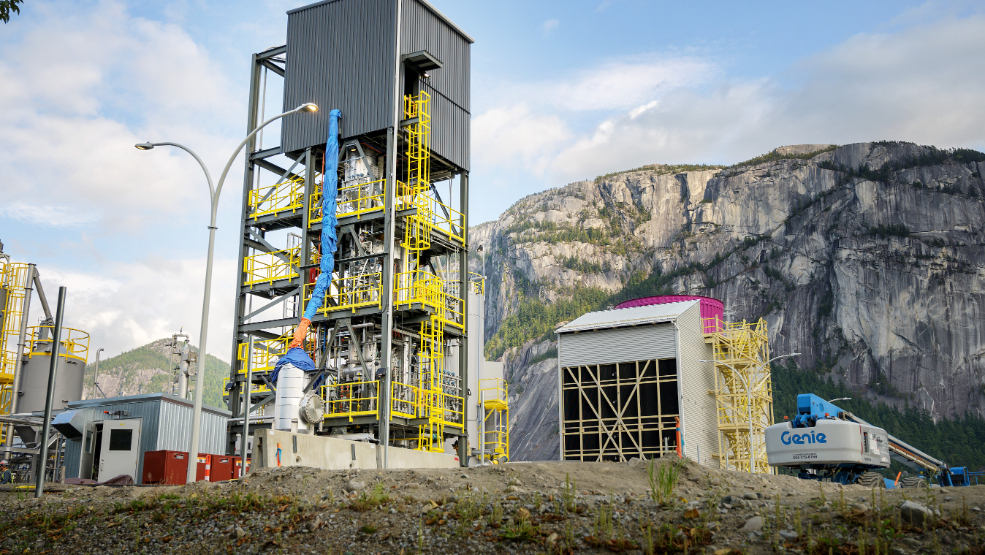
COP27: how is Article 6 helping countries adapt to climate change?
Countries must agree on the development of carbon markets under Article 6 of the Paris Agreement, says 7IM investment manager.
As countries prepare to meet in Sharm el-Sheikh for November’s COP27 climate change conference, climate finance is expected to be front of mind for many delegates.
In particular, the development of carbon markets will be a focus of discussion. Article 6 of the 2015 Paris Agreement on Climate Change set the foundation for this, but there had been no broad consensus until COP26 in Glasgow last year.
This deal solidified rules for parties to cooperate to meet emission-reductions targets and adaptation aims, including the transfer of mitigation of emissions between countries – known as carbon trading.
While the intention behind Article 6 was to address market and non-market measures aimed at increasing the cost efficiency of adaptation, market participants have since called into question the suitability of such mechanisms in helping countries achieve climate adaptation, including the role of emissions trading systems (ETS).
These are typically national or regional climate instruments. The EU ETS is the largest example in operation.
Jack Turner, investment manager at 7IM, says COP27 must agree on the “finer points” of Article 6 to progress. “The agreement of the initial rules on how Article 6 would function was one of the biggest achievements of COP26,” he says. “However, now there are much harder decisions on the finer points and on how the market mechanism will function.
“At COP27, we hope to get more details on the administrative infrastructure, including a central accounting framework and authorisation system. This might not sound exciting, but it is vital for the scheme’s success. As with everything, the devil is always in the detail.”
With the finer details “ironed out”, Turner says the system should be beneficial to institutional investors, as it creates incentives for the transition to a low-carbon economy – which should translate into increased investment and innovation.
“One of the greatest beneficiaries will be emerging market investors, who should see a change in behaviour in those markets,” he predicts.
The purpose of Article 6 is to create incentives to reduce carbon emissions. However, we have seen cases in the carbon offset market where this can lead to environmental damage or harm being done to indigenous communities.
Environmental integrity
Turner explains that, before markets or partnering nations conceive of a global ETS design, oversight of the environmental integrity of credits issued under the mechanism must be fast-tracked.
He says that high-level eligibility requirements were agreed at COP26, but more must be done to reduce the risk of negative environmental impacts.
“The purpose of Article 6 is to create incentives to reduce carbon emissions. However, we have seen cases in the carbon offset market where this can lead to environmental damage or harm being done to indigenous communities.”
Eoin Murray, head of investment at Federated Hermes, adds that issues of “double counting”, quality and historical use were “all resolved last year” in Glasgow, setting a positive direction for COP27.
Looking ahead to Sharm el-Sheikh, he says: “The Egyptian hosts will be keen to see progress in four key areas: doubling adaptation finance, the missing $100bn promised back in 2009 at COP15, a new collective quantified goal on climate finance, and a proper definition of what constitutes climate finance.
“Adaptation is likely to be the area of greatest progress, with hopes that gaps across policy, planning, implementation and finance will all be addressed.”
However, according to Murray, a global ETS is still a long way off, despite the recent progress. The agreement last year concerning Article 6 was “intended to capture how historical carbon credits – mainly from the old Kyoto Protocol – could be used”, rather than formally establishing a global system.
Gordon Bennett, managing director of utility markets at market infrastructure provider ICE, argues that regional ETS have been proven to reduce emissions “by valuing the negative externality of pollution by making polluters pay for every tonne they emit through the purchase of a carbon allowance”.
He says: “Article 6 helps lay the foundations to support the development of carbon credit markets, which value the positive externality of an atmospheric reduction or removal. This allows developers, including countries, to raise funds for these reductions and removals whilst the purchasers of these credits pay for the negative externality of their pollution.
“If more organisations are paying for their pollution, it should help produce positive environmental outcomes and help conserve the atmosphere’s finite 1.5˚C carbon budget. Without pricing externalities and paying for pollution, we are making it harder to change behaviour.”




